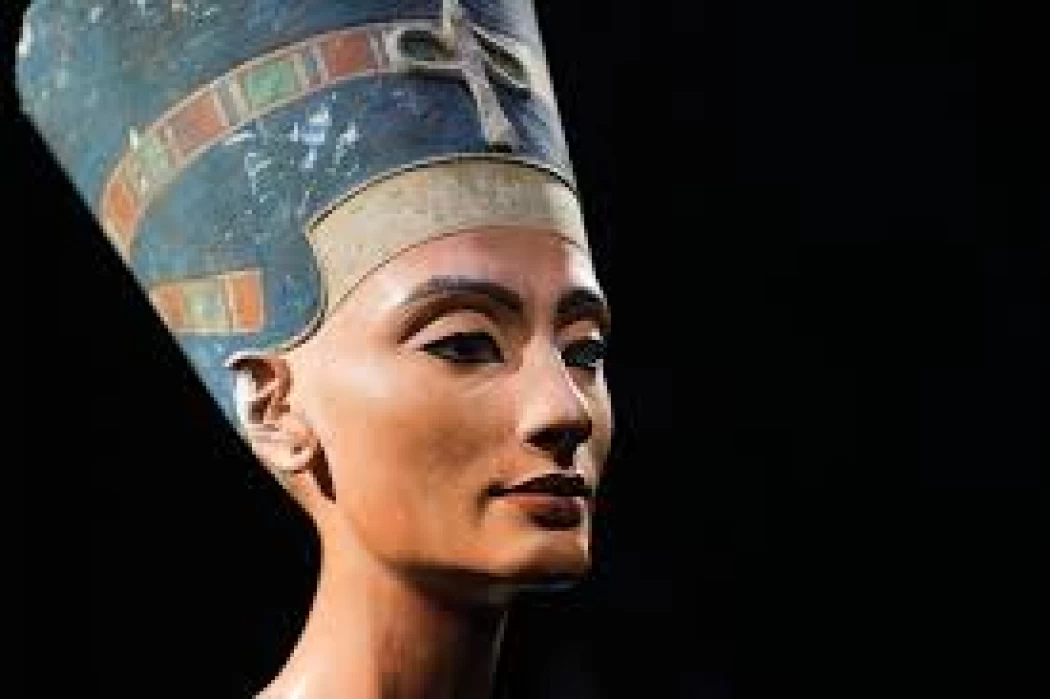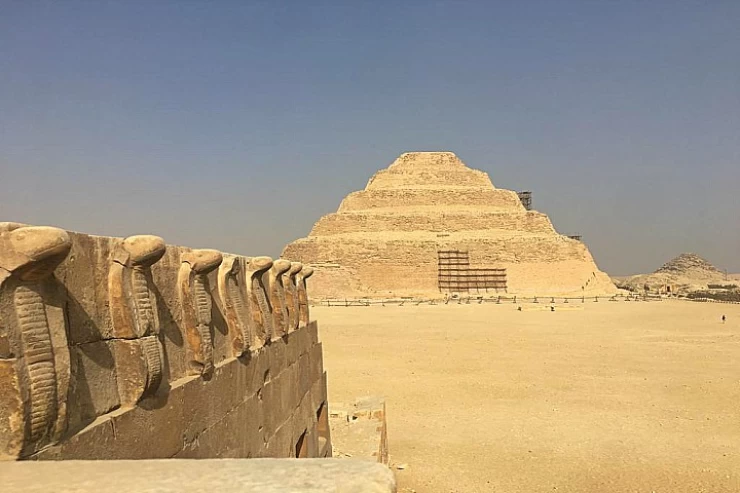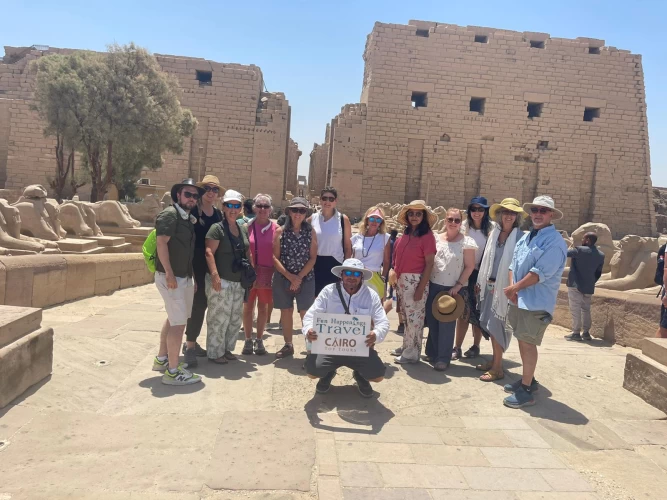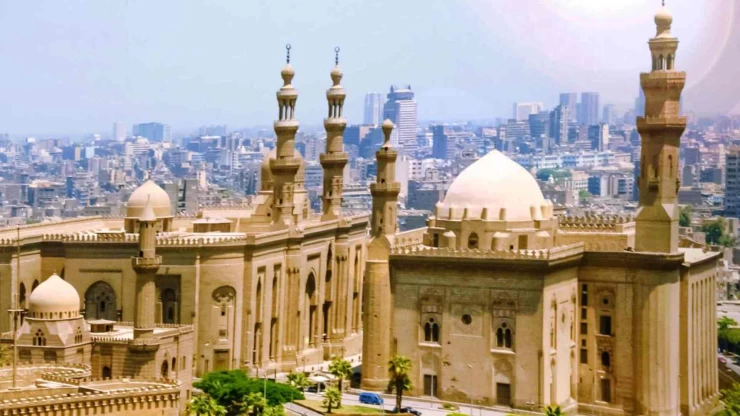
Queen Nefertiti
Facts About Queen Nefertiti
Nefertiti! This name reminds you of the famous painted bust, now on display at the Neues Museum in Berlin, which was found in 1912 in Tell el-Amarna in Egypt. This sculpture, strangely well preserved, of a little less than fifty centimeters high, represents a woman with mythical beauty.
Nefertiti, remains a mystery for the Egyptologists, with a burial unfound. She was certainly a princess, who married at the age of 12 the pharaoh of the 18th dynasty, named Amenophis IV-Akhenaton. She became queen of Egypt when he inherited the throne at age 15, around 1350 BC. Nefertiti was both queen and goddess, also married to the solar god Aton.
The royal couple used to make decisions, suggested by the god. At the beginning of their reign, both lived in Thebes, the Egyptian capital. Nefertiti would have encouraged her husband to build a new capital in honor of the god Aton.
Nefertiti’s identity remains a mystery, as the reign of Amenhotep IV and Nefertiti was deliberately erased from history by subsequent generations of worshipers of the god Amon. She is depicted as a powerful and happy wife with her 6 daughters, so it is concluded that she could not give any heirs. Thus, she was dismissed by the pharaoh favoring his second wife, Kaya. The latter would have given him the next heir, Tutankhanum, which remains famous to this day.
Latest Articles
Admin
Aswan Governerate in Egypt
One of Egypt's southern governorates is Aswan Governorate. The city of Aswan serves as its capital. At a latitude of 22 north of the equator (also known as the Tropic of Cancer), it is bounded to the north by the Qena Governorate, to the east by the Red Sea Governorate, to the west by the New Valley Governorate, and to the south by the Republic of Sudan.
Admin
Luxor Governorate Egypt
The capital of the Arab Republic of Egypt is Luxor City, which was once known as "Thebes City" because it served as Egypt's capital during the Pharaonic era. It is situated in the South Upper Egypt region, approximately 670 kilometers from the capital Cairo from the south. It is bordered on the north by Qena Governorate, on the south by Aswan Governorate, on the east by Red Sea Governorate, and on the west by New Valley Governorate.
Admin
History of kafr El Sheikh Governorate
Kafr El Sheikh Governorate is an Egyptian governorate, located in the northernmost part of Egypt in the Nile Delta, with Kafr El Sheikh as its capital. It had a population of 3,172,753 in 2015 and an area of 3,748 km². Its entire area is located north of the delta and overlooks the Mediterranean Sea. The main economic activity of the residents of the governorate is agriculture and fishing, especially the southern lands of the governorate and the lands overlooking the Nile River - Rosetta Branch.
Admin
Egypt's New Administrative Capital
The New Administrative Capital is located between the Cairo-Suez and Cairo-Ain Sokhna roads, 60 km from Cairo and the same distance from Ain Sokhna and Suez. The New Administrative Capital is located on the border of Badr City, in the area between the Cairo-Suez and Cairo-Ain Sokhna roads, just after New Cairo, Mostakbal City and Madinaty.
Admin
Al Gharbia Governorate
Gharbia Governorate is one of the governorates full of archaeological sites, whether they are places or facilities (mosques, churches), as the governorate is a destination for visitors to these places throughout the year, whether they are Egyptians from the different governorates.
Admin
Hamata Islands (Qulaan Archipelago) in Marsa Alam
The Hamata area, south of Marsa Alam in the Red Sea, is one of the most important parts of the Wadi El Gemal Reserve, whether in the desert or the sea. It was named after the sorrel plant, which was distorted to Hamata.
















